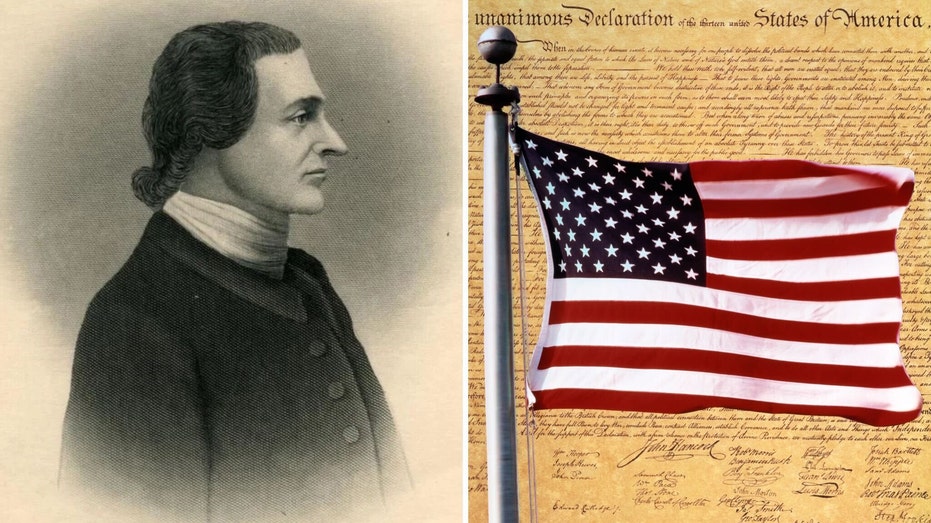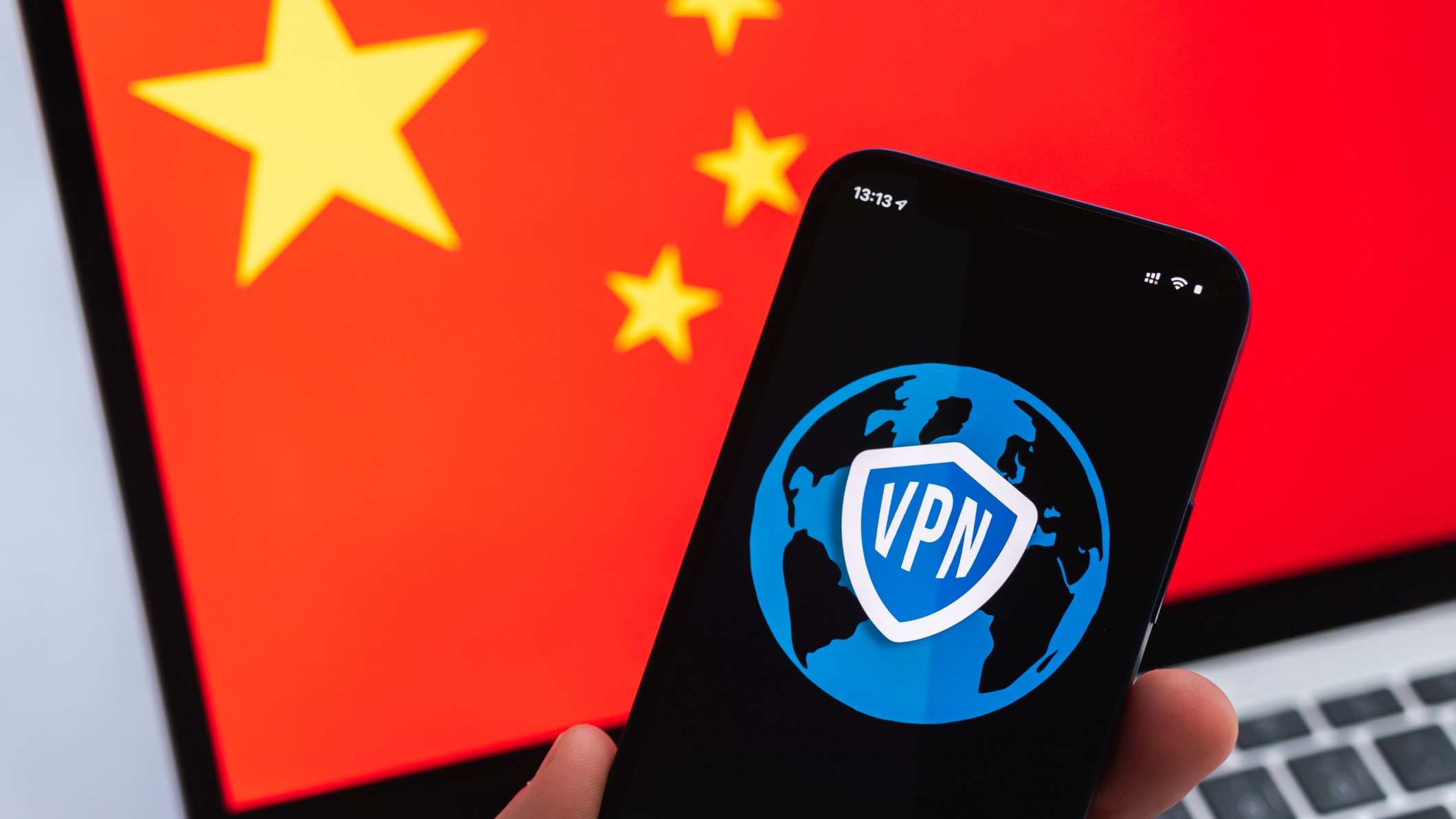Meet the American who was the 'working man' Founding Father, Irish ironsmith George Taylor
George Taylor of Ireland arrived in America as an indentured laborer at a Pennsylvania iron furnace. He became one of three men born in Ireland to sign the Declaration of Independence.

George Taylor was the Founding Father who earned his keep in America by sweating over hot coals.
He arrived in Pennsylvania from Ireland in 1736, an indentured servant to an iron foundry owner who paid for his passage to America.
He shoveled coal into a blast furnace, melting the abundant ore of the Lehigh Valley into pig and cast iron – later into musket and cannon shot, an arsenal of independence.
"Hard, dirty work," said historian and author Tim Betz, curator of exhibitions at the Northampton County Historical and Genealogical Society in Easton, Pennsylvania.
Taylor rose to become a wealthy foundry owner himself. In 1776, he joined a short list of just 56 men who propelled humanity out of darkness when he inked his name upon the Declaration of Independence.
Three of those men — Taylor, James Smith and Matthew Thornton — were born in Ireland, according to the National Archives.
The Irish are the most represented people, other than those born in America, on the daring but triumphant call for a new world order.
Eminent historian Joseph Ellis, himself of Irish descent, told Fox News Digital that Ireland’s imprint on the foundational document of the United States is no surprise.
"The Irish already had hatred for Britain and King George III," said Ellis, who wrote the Pulitzer Prize-winning historical account, "Founding Brothers," among other books.
"Their own country had been overtaken and destroyed by the British. They didn’t have to read Thomas Paine’s ‘Common Sense.’ The Irish were already committed to American independence."
George Taylor was born around 1716, most likely in the province of Ulster, in what is now Northern Ireland. Some accounts say he was born in Dublin, now the Republic of Ireland.
"He was the son of a responsible clergyman," the Rev. Charles A. Goodrich wrote in an 1840 tome, "The Signers to the Declaration of Independence."
Taylor planned to study medicine, Goodrich writes, but instead arrived in America "destitute."
He went to work for Samuel Savage Jr., who owned the Durham iron works on the Delaware River, near Easton, and who paid for Taylor’s journey to America. The Irishman, like other newcomers of the era, was an indentured servant.
"Exploitative labor," said historian Betz.
MEET THE AMERICAN WHO ROWED WASHINGTON ACROSS THE DELAWARE ON CHRISTMAS: SAILOR-SOLDIER JOHN GLOVER
Taylor began at the bottom: He shoveled coal into a screaming hot blast furnace.
"He worked his way up from furnace filler, to clerk, and then manager as the owner became aware of his education and aptitudes," writes the Durham Historical Society.
Taylor’s aptitudes apparently caught the attention of another Savage: the owner’s wife.
Samuel Savage died in 1842. Taylor married his widow, Ann, in 1843. The circumstances of their relationship are unknown, said Betz.
Goodrich writes only, "Upon the death of Mr. Savage, [Taylor] became connected in marriage with his widow."
One circumstance is known. "In a few years the fortune of Mr. Taylor was considerably farther increased."
The indentured servant who shoveled coal spent much of his time running the business of ironmaking.
He also served as a captain in the Pennsylvania militia, and became a vocal member of both the Pennsylvania assembly and its Committee of Correspondence.
Those same colonial committees eventually served as a shadow government that pushed the American colonies toward independence from Britain.
The Founding Fathers are widely portrayed as triumphantly signing the Declaration of Independence on July 4, 1776 — Independence Day in America.
The reality is quite convoluted and procedural. Most notably, "nothing really happened on July 4th," said Ellis.
The Second Continental Congress voted for independence two days earlier. Twelve of the 13 colonies voted in favor; New York abstained.
"The Second Day of July 1776, will be the most memorable Epocha, in the History of America," John Adams wrote to his wife Abigail in Massachusetts the following day.
"I am apt to believe that it will be celebrated, by succeeding Generations, as the great anniversary Festival."
Congress approved the language and sent it to the printer two days later. Splashed in bold across the top of the document was this: "In Congress, July 4, 1776."
The Declaration of Independence that we picture today, headlined by the dramatic signature of John Hancock, was not signed until Aug. 2.
It was the moment of truth, the day the revolutionaries publicly declared their opposition to King George — and, in the eyes of the crown, declared themselves traitors to suffer death by hanging.
"We mutually pledge to each other our Lives, our Fortunes and our sacred Honor," reads the last sentence of the most influential and politically radical document in human history.
Hancock added his oversized splash of ink below those words first; 49 of 56 signatories followed, Taylor among them. The remaining six followed at later dates.
"I would say that of all the people who are in that room," said Betz, "he was the one we might say was a regular guy. Just a working guy."
The working man Taylor's labor in support of the American Revolution was not over.
"Taylor transformed the ironworks into a munitions factory for the Continental Army. Durham produced cannon, cannonballs, shot, and other military equipment, probably at a financial loss," writes ExploreHistoryPA.com.
"Taylor's commitment to an independent United States took precedence over financial gain."
George Taylor died on Feb. 23, 1781 in Easton, around age 65.
He had been stricken with illness in 1777 and ended his public service, according to the Pennsylvania Center for the Book.
He’s buried at Easton Cemetery, beneath a monument erected in his honor in 1854.
Taylor did not himself live up to the standards set forth in the Declaration of Independence, most notably the ideal that "all men are created equal." He owned two slaves.
But the power of the Declaration of Independence is that it gave humanity, for the first time in its history, political standards and ideals.
"Abraham Lincoln called those words the most important in American history," said Ellis. "He said they were not for immediate effect, but were a promise — a promise that we in future generations need to live up to."
Ireland’s impact on the Declaration of Independence ran deeper than just its three signatories, each of whom represented Pennsylvania.
Charles Thomson, the secretary of the Continental Congress, assigned among other duties to revising the final Declaration, was born in Ireland.
So, too, was printer John Dunlap, the man who put the July 4th date on the document.
They came from what’s now both Northern Ireland and the Republic of Ireland.
"The people of the United States and of Northern Ireland remain closely bound by these deep, historic ties and by the values we share," James Applegate, Consul General for the U.S. Consulate General Belfast, said in a statement sent to Fox News Digital.
CLICK HERE TO SIGN UP FOR OUR LIFESTYLE NEWSLETTER
Fox News Digital requested comment from the Embassy of the Republic of Ireland in Washington, D.C.
Signers Thomas McKean, George Reed and Edward Rutledge were the children of Irish immigrants. Lt. Col. John Nixon, the first man to read the Declaration of Independence in public in Philadelphia on July 8, was also the son of an Irish immigrant.
The statement of purpose and revolt was "the first successful declaration of independence in world history," historian and author David Armitage wrote for the Gilder Lehrman Institute of American History.
"Its example helped to inspire countless movements for independence, self-determination, and revolution after 1776."
Ireland in 1776 had already lived under British subjugation for 500 years.
George Taylor and the Irish in America "carried in their hearts and souls and memories a history of the kind of horrid treatment that their country and their countrymen and their ancestors had received from the Brits," said author and historian Ellis.
"They didn't need to be convinced at all to support American Independence."
To read more stories in this unique "Meet the American Who…" series from Fox News Digital, click here.
For more Lifestyle articles, visit www.foxnews.com/lifestyle.


